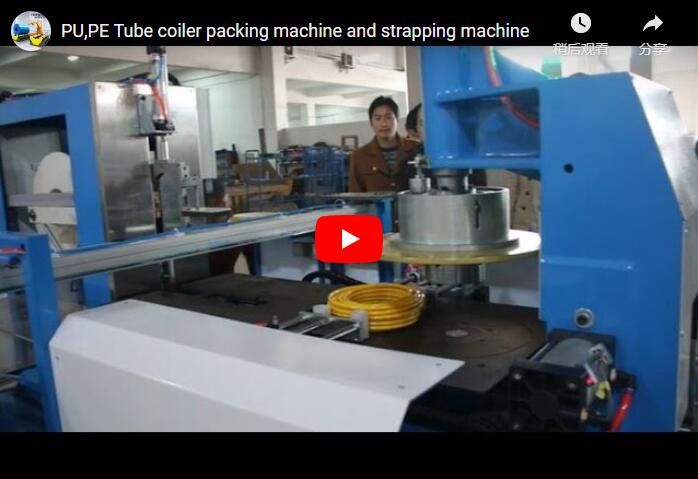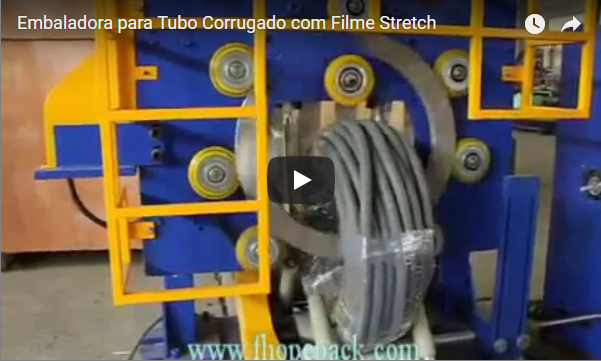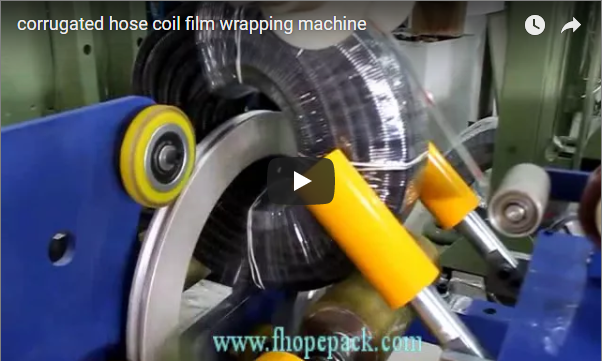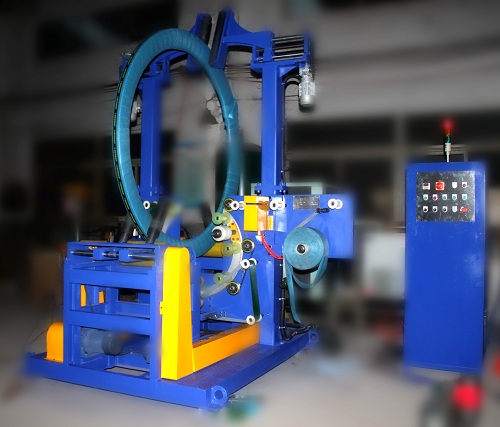Industrial packaging is crucial for safe steel wire transport. Choosing the right materials affects product integrity and delivery time.
Selecting packing materials for steel wire involves weighing protection, cost, and environmental impact. Options include PVC, HDPE, and paper. Each has benefits; finding the perfect balance is key to effective packaging.

Choosing the right packing material for steel wire can be challenging. Specifications vary based on product type, destination, and storage conditions. Here's a guide to help you make informed decisions.
Understanding the Requirements for Steel Wire Packing
Picking suitable packing materials for steel wire is crucial in maintaining product condition during transport and handling. It ensures quality and compliance with industry standards, impacting both safety and efficiency in logistics operations.
To choose the best packing materials for steel wire, determine your priorities, like protection, cost, or environmental concerns. Options include plastic wraps, paper, or metal bands, each offering unique benefits and trade-offs.
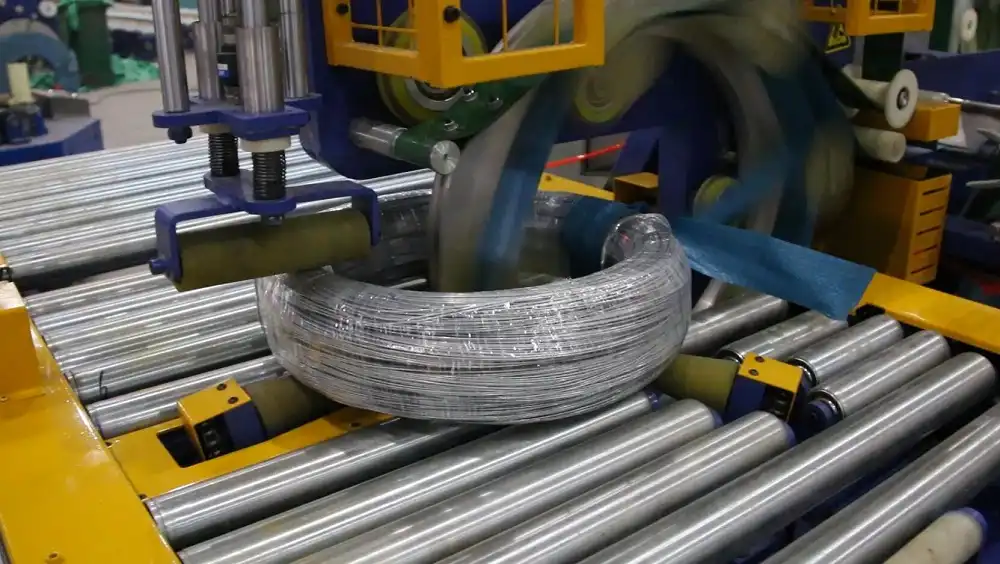
Exploring Material Options and Their Trade-offs
Steel wire is often packed in coils, requiring materials that ensure safety and ease of handling. Let's delve deeper into several options, examining their properties and how they meet specific packaging needs.
-
PVC Wrap: Renowned for its durability, PVC wrap offers excellent protection against moisture, which is vital for preventing corrosion in steel wires. However, its environmental impact and disposal issues might be concerns. It also provides good surface protection during transport and storage. If longevity is a priority, PVC might be your ideal pick.
-
HDPE Sheets: High-Density Polyethylene (HDPE) is tougher than other plastic wraps. It can withstand harsh environments without tearing easily. Although it offers better protection in adverse conditions, it's generally more expensive than alternatives like PVC or paper. HDPE is suitable for heavy-duty requirements, where robustness is paramount.
-
Paper Wrap: While not as durable as plastic, paper is often chosen for its lower cost and environmental friendliness. However, it lacks the protective qualities of PVC and HDPE under wet or mechanical stress conditions. Paper is an excellent choice if sustainability is as crucial as cost-effectiveness, especially for short-term storage.
Below is a quick comparison of the options:
| Material | Protection Level | Cost | Environmental Impact |
|---|---|---|---|
| PVC Wrap | High | Medium | High |
| HDPE Sheets | Very High | High | Medium |
| Paper Wrap | Low | Low | Low |
The decision ultimately hinges on balancing these aspects according to your specific requirements. Understanding the properties of each material assists in making a precise choice. Every project might demand different priorities, which call for a tailored solution.## Different Types of Packing Materials and Their Suitability
In the world of packaging, picking the right material can make or break your product's protection during transit. Misjudgments here can lead to damaged goods and unhappy customers.
Various packing materials, like cardboard, foam, and plastics, each offer unique strengths and weaknesses depending on the application. Making an informed choice ensures both safety and cost-efficiency.
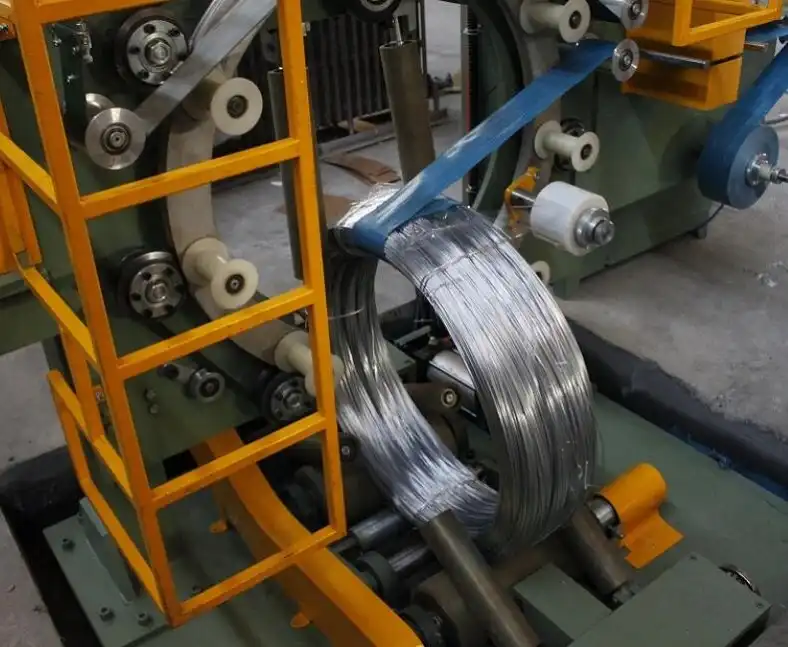
Unwrapping the Options
Choosing the correct packing material isn't just about appearance; it's about suitability for purpose. Each material has specific qualities: durability, insulation, cost, and environmental impact, to name a few. Let's break these down in a structured way:
| Material Type | Durability | Cost Effectiveness | Environmental Impact |
|---|---|---|---|
| Cardboard | Medium | High | Biodegradable |
| Foam | High | Medium | Not eco-friendly |
| Plastics | High | Low | Recyclable options |
Cardboard is most effective when you need something light and biodegradable. It's cost-effective but not suited for highly sensitive or fragile items. Foam offers additional protection, often used for electronics or delicate goods but falls short in environmental friendliness. Plastics, especially modern biodegradable types, bridge the gap but may increase costs. Understanding these details can help you make the most informed decision tailored to your needs.
Tips for Selecting the Ideal Packing Material Combination
Selecting the ideal packing combination is more art than science, as it involves balancing protection, cost, and aesthetics. Missing any of these can compromise your packaging strategy.
The right combination often requires layering different materials to cover all bases: protection, appearance, and cost. Prioritize according to your product's specific requirements.
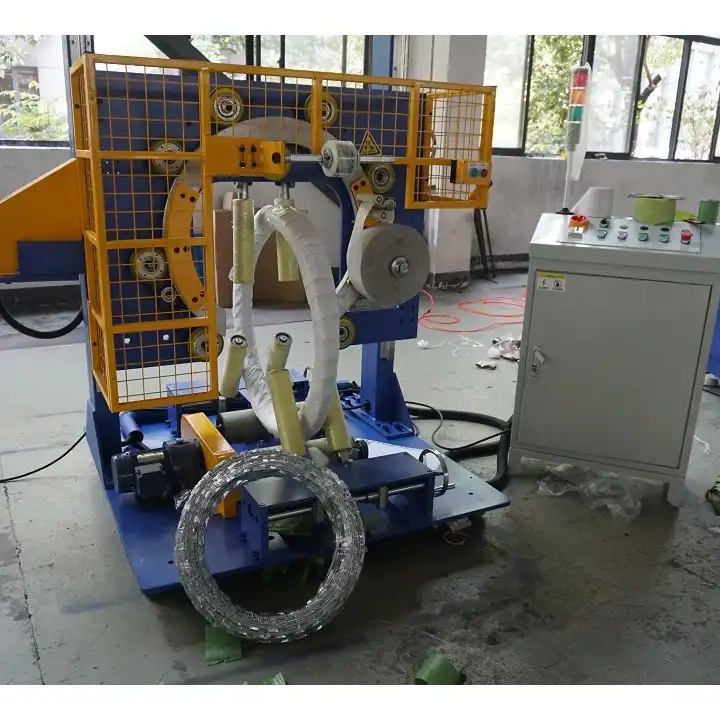
Navigating Choices for Maximum Efficiency
The goal here is to craft a packaging solution that not only protects the product but also aligns with budgetary constraints. Here’s how you can balance these elements effectively:
| Combination Strategy | Protective Quality | Cost Efficiency | Aesthetic Appeal |
|---|---|---|---|
| Cardboard & Foam | High | Moderate | Neutral |
| Plastic & Foam | Very High | Low-Moderate | High |
| Smart Packaging | High | High | High |
By blending cardboard for structure, foam for cushioning, and innovative plastic alternatives, you pursue maximum protection at a reasonable cost. Keep aesthetics in mind if customer perception is vital. For those looking to innovate, smart packaging combines technology with material science to improve both user experience and efficiency. Always consider testing various combinations to see what performs best under your specific conditions. Ultimately, the choice revolves around identifying what your product needs most and finding the right mix that caters to those needs effectively.

